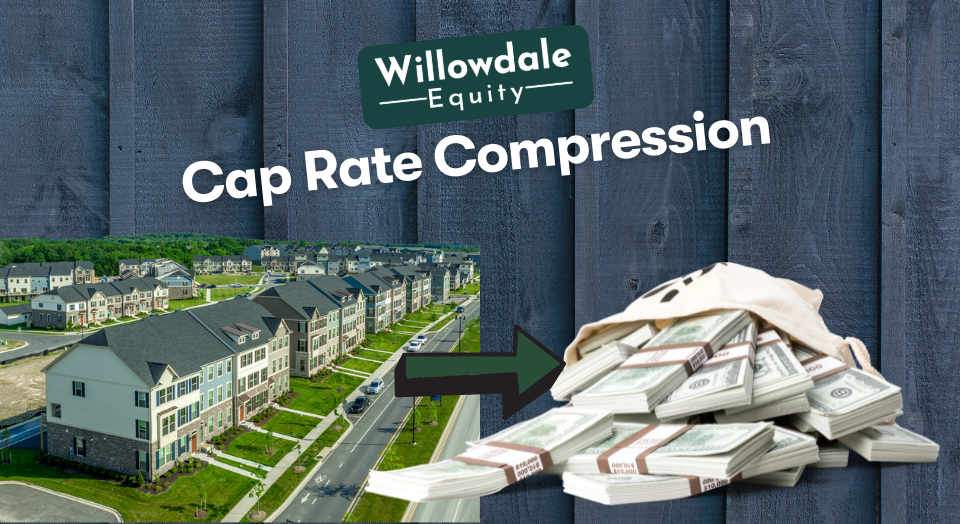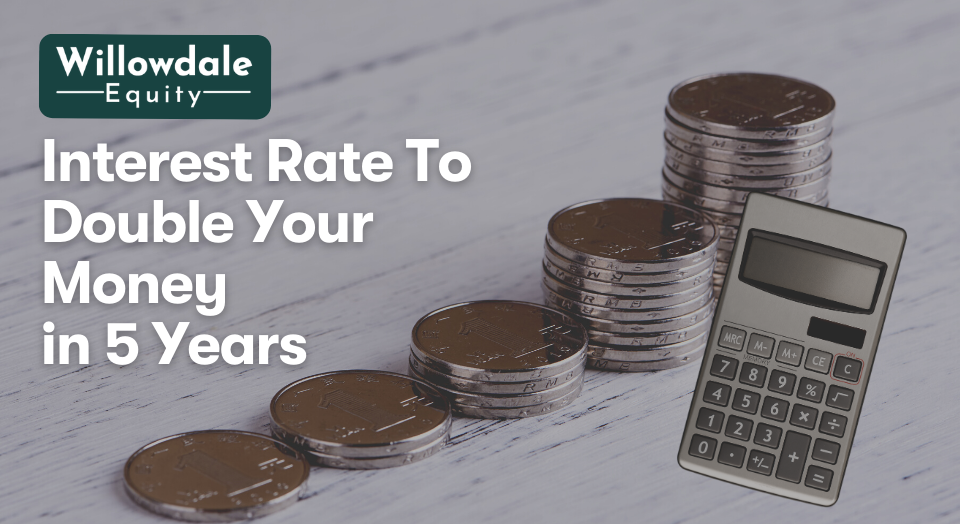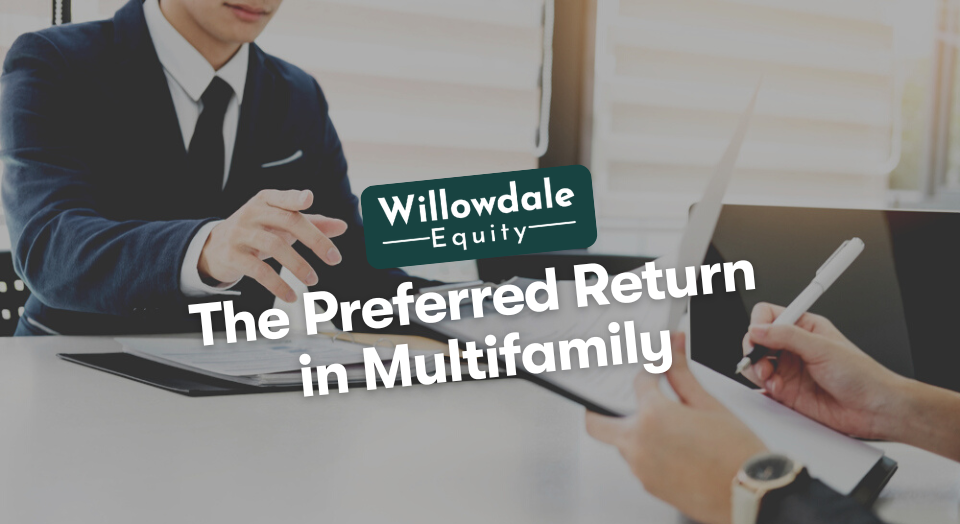
Cap Rate Compression & How It Affects Multifamily Values
This article is part of our guide on what a good cap rate is for multifamily, available here.
Multifamily property values are a derivative of the capitalization rate. Over the last three years, we have seen a significant compression of cap rates, pushing values to all-time highs. Now, this generally is a good thing for anyone who is the ownership seat of an apartment community, but what does it mean long-term for transaction volume and investor yields if cap rates continue to compress at the rate they are currently on?
This article will discuss what is cap rate compression, what causes cap rate compression, and how it affects multifamily values.
Key Takeaways
-
Cap rate compression is a term that refers to what happens when the cap rate for a specific type of commercial real estate assets in an area is lower than what it was historically
-
Overall, cap rate compression is not bad as it increases a landlord’s natural equity in the property and provides additional value to hedge against rising operational costs.
-
Cap rate compression can mean massive gains for a multifamily property because it means that every dollar of net operating income (NOI) is worth more in value.
-
For Example – a 5% Cap – ($1/ 0.05 cap= $20 of value) means that every $1.00 increase in NOI adds $20 of value to the building in a 5% Cap market.
Defining Cap Rate Compression
Cap rate compression is a term that refers to what happens when the cap rate for a specific type of commercial real estate assets in an area is lower than what it was historically. Hence the word “compress” means to shrink or get smaller.
Cap Rate Compression Example
Let’s say you have an apartment complex that produces $500,000 of net operating income (NOI), and the market cap rate for the area where the property is located is a 7% cap. Then the apartment complex would be worth $500,000 / 0.07= $7,142,857.
Now let’s say that several factors have influenced cap rates in the area, and now the cap rate has compressed (lowered) by 1% to a 6% cap rate. That would mean that the same building is now worth $500,000 / 0.06= $8,333,333 instead of $7,142,857. That’s a $1,190,476 increase in property value without you adding any more value or additional income to the property.
The Factors That Cause It
Many factors help facilitate a cap rate compressing environment like in today’s unique economy; some of those factors include the following:
- Low-interest-rate environment
- The low spread between the 10-year treasury and cap rates
- Strong sentiment and demand amongst existing and new investors towards the multifamily asset class is driving up values
- Mass money printing from central banks causing mass inflation which is driving up material costs, as well as labor shortages which is causing as is built properties to surge in value because investors feel it’s becoming more advantageous to purchase an already constructed building well below what it would cost to construct a building brand new
Is cap rate compression good or bad

That is subjective to the real estate investing strategy you choose to follow as a real estate investor. Still, generally, the longer you own a multifamily property, the more and more cash flow it should produce as rents increase naturally over time, giving you a higher cap rate relative to what you paid for the property. But cap rates as a mark of value should be mid-tier so that, as a landlord, you get the highest multiple on the value of your property for every new dollar of net operating income (NOI) that you can generate from the property.
So overall cap rate compression is not bad as it increases a landlord’s natural equity in the property and provides additional value to hedge against rising operational costs. But cap rate compression can be a problem if it continues to accelerate to levels were purchasing a multifamily property doesn’t make sense as the expected return yields continue to shrink—making it harder and harder to make sense of something that produces such a low annual return on cash.
A real estate market like New York is an excellent example of where ultra-low cap rates may lower transactional volume. It may make more sense for an investment group to own the property for a much longer holding period and refinance every 5-10 years.
Cap rate expansion
This is the opposite effect of cap rate compression, so instead of values increasing when cap rates compress, values decrease when cap rates expand.
How It Impacts Multifamily Values

Multifamily values are interrelated to cap rates. A cap rate is a return on your invested capital annually based on what you would receive if you were to pay all cash for a property. The cap rate is represented as a percentage of the purchase price.
The market cap is the average cap rate properties generally sell for in that given area, a yield that investors are willing to accept on purchasing that type of property in that particular market. Now that you understand a property’s cap rate, it’s essential to understand one more metric to effectively utilize the formula we use to find our multifamily value.
That metric is the property’s net operating income (NOI); the NOI is the total gross income the property collects minus the operational expenses (Income-Operational Expenses=NOI).
The magic formula for value in multifamily is NOI / CAP Rate = VALUE.
To showcase how cap rate compression impacts multifamily values, look at how the value multiplier on each new dollar of NOI or income expands as the cap rate lowers by 1%.
4% Cap Market – ($1/ 0.04= $25 of value) | Every $1.00 increase in NOI increase, adds $25 in value to the building in a 4% Cap market.
5% Cap Market – ($1/ 0.05= $20 of value) | Every $1.00 increase in NOI increase, adds $20 in value to the building in a 5% Cap market.
6% Cap Market – ($1/ 0.06= $16 of value) | Every $1.00 increase in NOI increase, adds $16 in value to the building in a 6% Cap market.
7% Cap Market – ($1/ 0.07= $14 of value) | Every $1.00 increase in NOI increase, adds $14 in value to the building in a 7% Cap market.
As you can see from the rows above, cap rate compression can mean massive gains for a multifamily property. But what makes cap rate compression tricky for prospective multifamily buyers is that since cap rate compression has occurred U.S.-wide across the board, smaller tertiary markets have closed the gap to primary markets or even a secondary market in terms of cap rate spreads. The problem this causes buyers is that the risk premium is not factored into the price when cap rates are the same or so close to a smaller illiquid market.
By the same token, because the significant markets/primary market cap rates have compressed the most, and institutional buyers are making buying very competitive, it’s pushing a lot of smaller groups out to the secondary and even tertiary markets.
As a result, this is driving up demand for these class B and C apartments and continuing to add to the cap rate compression in the smaller markets.
Related Read: The Reversion Cap Rate
Strategies For Maximizing Returns In A Low-Cap Rate Environment

Maximizing every dollar from a project’s renovation budget is easier to achieve in a low-cap deal vs. a higher-cap deal. Many strategies can be implemented to push multifamily values further. But before we get into those strategies, I want to clarify how each dollar is worth more.
For example: If I add $1 of net operating income (NOI) to the property’s bottom line in a 7% cap market, that would add $14 of valuation to the building. Now, if I added that same $1 of NOI to the property’s bottom line but this time in a 5% cap market, that would be worth $20 of valuation to the building.
Now that we understand how a lower cap adds a higher valuation multiple on every dollar, what things can we do to maximize the value?
The following are some examples of strategies to add value to a multifamily property:
- We could add or upgrade the amenities in the apartment community and charge more for rent
- We could add private backyard fencing and charge more for rent
- We could employ a water conservation plan to retrofit all the existing old aerators, showerheads, and toilets and install new, efficient low-float toilets to lower our water bill by 20%-40% a year.
- We could add a new move-in fee
- We could charge a flat fee for water
- And much more!
Frequently Asked Questions About Cap Rate Compression
It’s hard to predict where cap rates will be in the future. Still, cap rates should remain relatively low as long as we stay in this low-interest-rate environment with a continued housing supply issue in the United States.
When cap rates increase, real estate values drop. This is because the higher the cap rate, the lower the multiple on value from any new net operating income dollar added to the property (NOI), using the value formula of NOI /CAP RATE= Value.
Interest rate compression is when interest rates fall or get smaller. In 2024, rates so far are still high, and looking back over the past five years, rates have expanded considerably.
Cap Rate Compression - Conclusion
Cap rates are a critical metric for multifamily property values. With cap rates continuing to compress, it is essential for owners and investors alike to be aware of how this will affect their long-term real estate investment strategies.
As multifamily property values continue to rise, it will be necessary for the industry as a whole to understand what this means for transaction volume and investor yields. Many factors go into determining the value of apartment communities. Still, if cap rates continue to compress at their current pace, real estate investors will have to adjust their return expectations to a new normal.
Sources:
- Investopedia, “Macroeconomics“
- YourArticleLibrary, “Macroeconomic Policies: 3 Main Types of Government Macroeconomic Policies“
Interested In Learning More About PASSIVE Real Estate Investing In Multifamily Properties?
Get Access to the FREE 5 Day PASSIVE Real Estate Investing Crash Course.
In this video crash course, you’ll learn everything you need to know from A to Z
about passive investing in multifamily real estate.
We’ll cover topics like earned income vs passive income, the tax advantages, why multifamily, inflation, how syndications work, and much much more!




